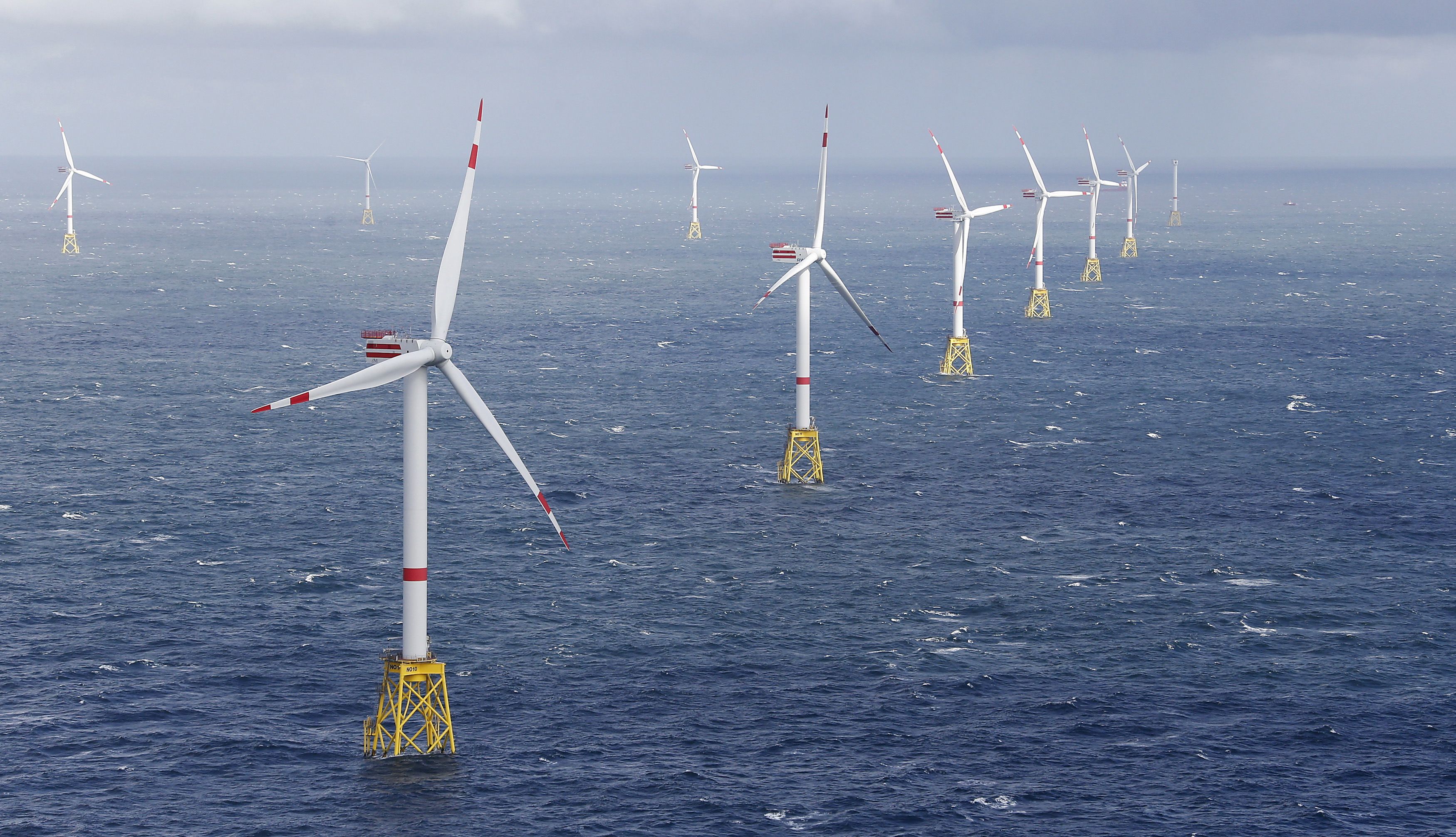EU Strategy for Offshore Renewable Energy

What does the strategy assume?
According to the EC, renewable energy sources (RES) at sea are to be one of the main tools for achieving climate neutrality by 2050. Therefore, it proposes an increase in the capacity of offshore wind farms from the current level of 12 GW to at least 60 GW by 2030, and to 300 GW by 2050. This would be a 25-fold increase in the capacity of offshore wind energy (OWE). In addition, the Commission plans to generate 40 GW of ocean energy in 2050 and through the use of other innovative technologies, such as floating wind and solar farms. The investments required for this are estimated at about €800 billion, which are to be financed in part through funds from the InvestEU programme managed by the European Investment Bank and the Facility for Reconstruction and Resilience. The EC clarified that the planned projects must comply with applicable environmental protection requirements, especially ensuring biodiversity, and the integrated maritime policy.
What opportunities and risks are associated with the dynamic development of the industry?
The EU wants to take advantage of its leadership in the field of OWE technology (93% of European installed capacity in 2019 was produced in Europe) and domination on the world market (share estimated at 42%, or about 12 GW). The dynamic development of offshore will give it the opportunity to strengthen its advantage over its main competitors, the UK and China. By promoting the increase of energy capacities at sea, the EU will have to realistically strengthen cross-border cooperation between Member States (e.g., so-called hybrid projects implemented by at least two countries, for example, Denmark and Germany, which are involved in a common project). This will be accomplished by, among other measures, national maritime zoning plans, which must be submitted by March 2021. At the same time, achieving total installed capacity of 340 GW of offshore renewable energy by 2050 will require significantly more locations to be identified, constructed, and connected to the transmission grid.
What does the strategy mean for Poland?
The adoption of the EC strategy increases the role of the Baltic Sea basin as an area with great potential in terms of wind energy production (estimated at about 90 GW). The initiative may also mitigate the economic crisis caused by the pandemic, as it is estimated that this industry may generate more than 60,000 jobs. At the same time, the strategy corresponds to measures adopted by the Polish authorities, such as work on the “offshore law” to provide financial support for investments, and energy companies, such as PGE’s plans to build two offshore wind farms by 2030 with a total capacity of up to 2.5 GW. However, the implementation of maritime spatial-development plans and the expansion of connections and port infrastructure will be key to the development of OWE in Poland.


